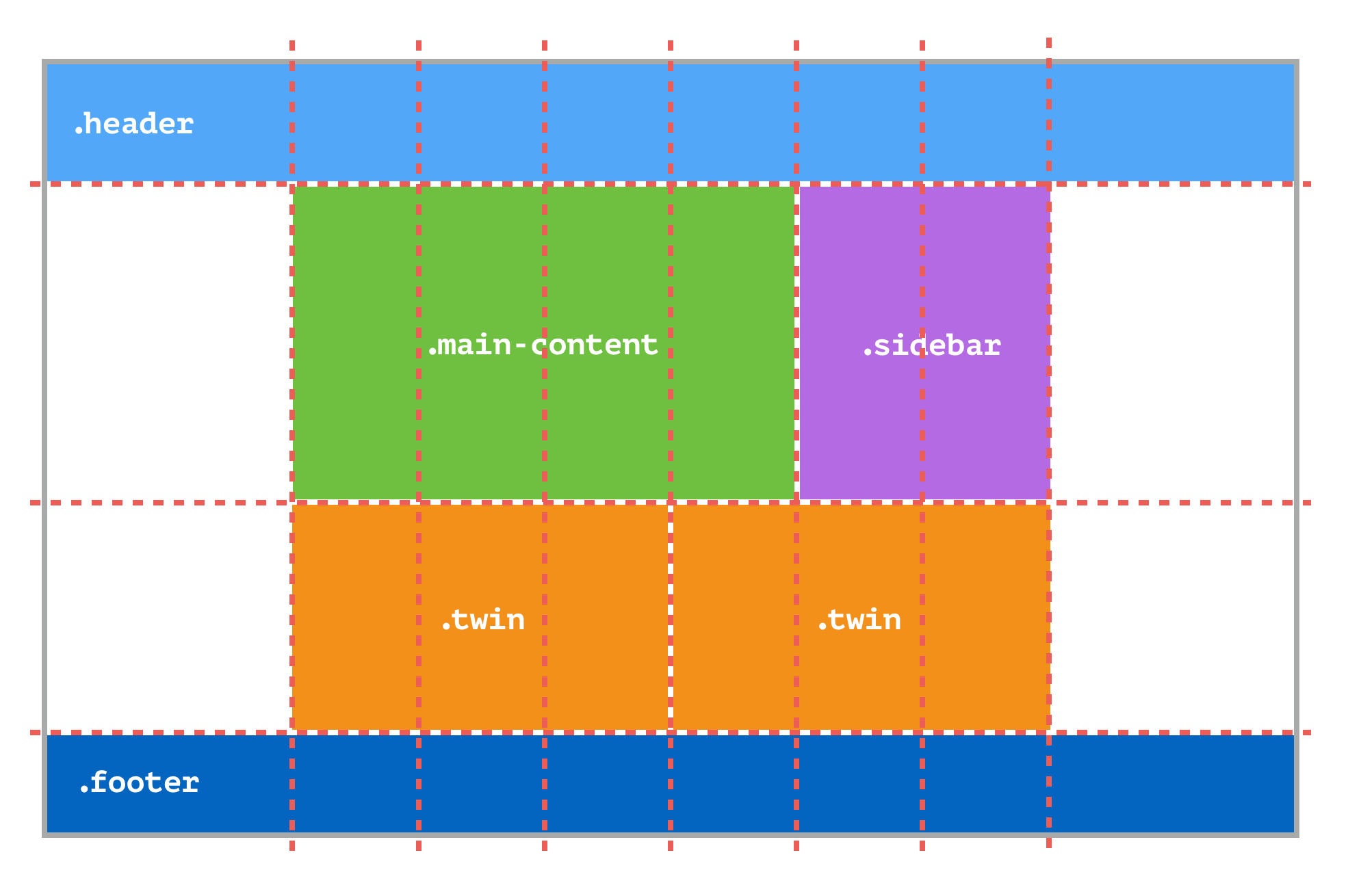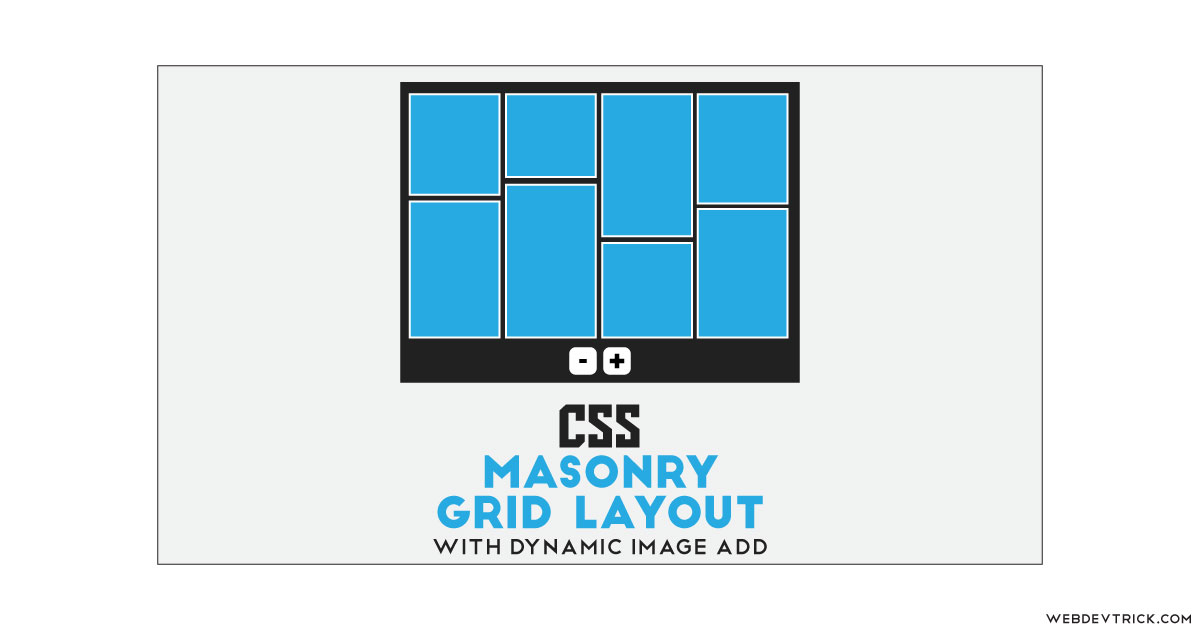
It’s a modern way of aligning and distributing items in a container. It helps to organize and arrange elements either in rows or columns. What Is Flexbox?įlexbox is a one-dimensional layout system. Most important, both layout systems share some differences, and we’re going to cover in this article what is the use case for each one.įirst, we’re going to cover what Flexbox is and how it works. Both layout systems are very important and can be used for building meaningful and relevant experiences. Just check out the State of CSS 2021 survey if you have doubts. The modern web has come to a point where we have two layout systems: Flexbox and CSS Grid. But the idea of structuring them with horizontal and/or vertical rows and columns is still very much in use today. So we may no longer use tables to build our webpages. What does it have to do with layout on the web? Everything! User experience is the process of creating meaningful and relevant experiences to users. Every company wants their users to be able to get or do whatever they want as easy as possible. It can make your users happy, which can land your web application more clicks, which leads to more sales, etc.Įvery company that has a web application wants their users to have a good experience while using their application. Displaying your content the right way can put your company ahead of the competition. The way you put the information in your web application makes a huge difference in how your application is going to look for your users.

We can say, too, that he changed the web forever-introducing his ideas of separating concerns and making the design more effective.ĭisplaying content today is essential to every application. We can say that David Siegel ruined the web for a few years, and back then he would agree to that too. But back in that time, it was a good option for implementing multi-dimensional, nested grids. The idea of designing a website today using a table sounds wacky, and it is. Yes, developers in the ’90s and early 2000s were designing websites using tables. Have you ever heard the name David Siegel? You may not know him, but he has played a very important part in the web and how we structure and style modern applications.ĭavid Siegel, for those who don’t know, introduced table-based layouts. When should you use one over the other? Let’s get into that!īut first, let’s learn a little bit about what problems they came to solve. Both layout systems are important and widely used. Happy learning.Today we will cover the differences between CSS Grid and Flexbox and which use cases are best fit to each layout system. While CSS Grid shines in two-dimensional layouts, Flexbox excels in one-dimensional ones.

Flexbox works best when controlling the alignment and order of items in a single row or column.You can use the following guidelines to determine when to use each: Choosing Between Flexbox and CSS Grid: Each of these effective layout strategies has its advantages.Grid-gap: 10px /* Add spacing between grid items */ Grid-template-columns: repeat(auto-fit, minmax(200px, 1fr)) /* Create flexible columns */ In contrast to Flexbox, CSS Grid lets you manage rows and columns separately, making it ideal for creating multi-column designs, masonry grids, and magazine-style layouts. Understanding CSS Grid, CSS Grid is a two-dimensional layout system that allows you to create intricate layouts that use a grid. Justify-content: space-between /* Align items with space between them */įlex: 1 /* Allow items to grow and occupy equal space */ It is perfect for designing flexible and evenly-spaced layouts, including responsive grids, equal-height columns, and navigation bars. Flexbox is a one-dimensional layout model.

Let's start now! CSS Flexboxįlexbox can dynamically arrange items within a container along a single axis, either horizontally (main axis) or vertically (cross axis). This article will examine the foundations of Flexbox and CSS Grid and explain when to employ each layout method to produce gorgeous, flexible layouts.

CSS layout techniques have advanced to give developers strong tools to create flexible and responsive designs with the introduction of Flexbox and CSS Grid. A critical component of contemporary web development is the creation of responsive and dynamic layouts.


 0 kommentar(er)
0 kommentar(er)
